Begonia: a species with so much diversity and versatility that it’s every gardener’s dream plant. From varieties featuring vibrant blossoms that soothe your heart to those with attractive foliage that you can’t take your eyes off or cascading types that enchantingly drape down from the hanging baskets, the charisma of this extraordinary plant species is truly captivating.
And trust us, that was just a teaser. There’s so much more to this fabulous plant species. Have we piqued your interest yet? If yes, lucky for you, we have a guide about everything you need to know about this pretty marvel of nature. Sit back, read more, and decide whether you want this extraordinary piece of beauty gracing your lush garden. We definitely would!
Image source: Robin Jonathan Deutsch
Where, When, and How to Plant Begonias
A pleasant location with partial shade or filtered sunlight would be perfect for planting begonias. They simply love the morning sun and afternoon shade with good air circulation. The types that have darker foliage can survive in full sun, unlike the ones with green leaves.
After buying, be quick to plant them in moist soil with excellent drainage. Typically, the pH of the soil should be between 5.5 to 6.5.
Since they are susceptible to cooler temperatures, plant begonias after the frost season has passed. They perform best in warm and humid conditions. When planting in flowerbeds, space them right with a distance of 12 inches in between. Begonia is a sweet summer child that won’t burst with blooms until the summer heat starts descending, so bear with it for a while.
Note: Begonias are toxic to your pet dogs and cats. Ensure you don’t let them wander into the garden or flowerbeds. Follow all the garden safety rules to keep your pets happy and your garden blooming.
Image source: pistilsnursery
Propagating Begonia
You can propagate begonias using rhizomes or tubers by pressing them into moist, potting soil. You should notice the new growth within a few weeks. Moreover, begonias can also be propagated using cuttings or seeds. You can pick the way that is best suited for you.
Image source: sheshedinnovations
From Cuttings
Propagating begonias from cuttings is straight and easy. Just follow the easy steps below:
1. Cut the stems to around four inches in length.
2. Insert the cuttings into moist potting soil.
3. Water them regularly to see the growth.
OR
1. Get rid of all the leaves from the bottom portion of the 2 to 3-inch cuttings.
2. Submerge this bottom portion in water and place it in indirect sunlight.
3. Once you notice the growth of new roots, remove them from the water and plant them in potting soil.
From Seeds
If you wish to propagate begonias from seeds, start the process about 16 weeks before you wish to transplant them outside. Here are the easy steps to follow:
1. Fill pots with a seed-starting mixture.
2. Lightly mist it using a spray bottle.
3. Insert the begonia seeds into the pots.
4. Gently drape these pots with plastic wraps to keep them warm and sustain moisture.
5. Make sure to place the pots in a warm space, away from direct sunlight.
6. Ensure they receive around 14 hours of indirect sunlight daily.
7. Get rid of the plastic once you notice the growth, and transplant the seedlings outdoors if you wish.
Potting and Repotting
With proper care, begonias can thrive well in pots, whether you place these pots outdoors or indoors. No matter the location, ensure the pots have excellent drainage to keep the plants healthy. If you plan to put them outdoors, a terra cotta pot will be an ideal choice.
When the tubers and rhizomes start growing, they will demand more room. During such times, repotting them will boost healthier growth. To do so, take new pots (just an inch or two bigger than the old ones) and fill them with fresh potting soil. Then, carefully remove the plants from the old pots and place them in the new ones. Lastly, water them regularly to keep the soil moist and the plants blooming.
However, if you feel that the pot is the right size for your begonia, it’s not necessary to repot it. Just add a fresh top layer of potting soil each year to keep the plant healthy and thriving.
Begonia as Houseplants
Begonias can definitely rock your garden. However, they’re also quite exceptional as houseplants. Their beautiful blooms, fabulous foliage, and ornamental presence can prettify any space within your house. But you must locate them in the places that meet their light needs.
Rhizomatous or fibrous types (like Begonia rex) are the hot picks to grow indoors. Bright spots with indirect sunlight and ample humidity are your go-to areas to house your plants. East, west, or south-facing windows are the most ideal. However, if you notice leaf scorching, consider moving the plants further away from the window.
To maintain humidity in dry conditions, place pebbles in a tray, pour water into it, and ensure the water level is below the pebbles. Place the pots on top of the pebbles so the water doesn’t reach the pot. Alternatively, if you have the budget, you can just purchase a humidifier.
Remember, begonias prefer humidity, not overwatering. Let the top layer dry out before you give them another drink. To ensure complete soil saturation, water the plant thoroughly until it drains from the bottom. Properly saturated soil will help the blossoms pop out and show off their brilliant colors. You can plant them in unique pots and let them be the point of attraction in your house.
Begonia Care Tips
Image source: engrowphins
Begonia are no-hassle plants that require low maintenance. But you should be aware of the type you are growing to make it easier to care for. Here are some care tips to practice for healthy, blooming begonias.
Light, Soil, and Water Needs
Most begonia types love it when there’s partial shade. The tuberous and cane types are happy when they receive partial sunlight, while the fibrous or wax begonia, mainly the ones with bronze leaves, can even survive in full sun. But if you live in a hot region, your begonias might wilt. Hence, it’s best to plant them in shaded areas or indoors.
Moist, well-drained soil with the necessary organic matter is the perfect home for begonias to thrive. Slightly acidic soil with leaf mold can easily keep the begonias satiated. Providing the right proportion of water is essential as overwatering causes root rot, while underwatering can cause them to dry out. Water them once a week, preferably during the early morning hours, to keep them fulfilled.
Temperature and Humidity
Warm temperatures with humid conditions are the ideal hosts for most begonias. The indoor begonias can be kept happy with a humidifier. Tuberous begonias are the ones that prefer it a little cooler, and even the rhizomatous types like pleasant weather rather than humid conditions.
Fertilizer
Fertilizers can help meet the nutritional needs that begonias may not get naturally. Providing the appropriate fertilizer based on the type that you are growing is crucial. Generally, a balanced, water-soluble fertilizer applied once a month is enough for development during the growing season.
But if you possess types with fabulous foliage, like angel wing begonias, pick a fertilizer that has a higher percentage of nitrogen. And if your type is a blossom-focused one, then ensure that it has a higher content of phosphorous. Start using it monthly once the flowers bloom.
Pruning
Begonias are awesome because they are primarily self-dependent when it comes to pruning. However, you can occasionally prune them if they overstretch themselves and get sparse leaves or have damaged or dead stems. You can also pinch the old growth, giving way to new, fresh, and pretty growth.
Overwintering
When the frost season arrives, winter care for your begonia can be carried out in simple steps. You can bring it indoors and place it near a window with access to bright, filtered sunlight. Also, it would be ideal to increase the humidity inside the room so that it can survive properly.
Pests, Diseases, and Problems
Pests aren’t a main threat to begonias. Still, mealybugs, spider mites, or thrips might affect them. Slugs and snails can also crawl onto them and devour the leaves, but you can easily remove them by hand.
Fungal diseases are the real threat that can harm your begonias. Ensure that you only water the roots and not the leaves, as moist leaves can fall prey to botrytis blight or powdery mildew, causing the leaves to go yellow and have white spots.
Overwatering the roots can lead to pythium root or stem rot, which might completely destroy the plant. Underwatering and exposure to harsh sunlight will make the leaves dry and brown. Carefully watering the begonias is the key to preventing fungal diseases from affecting the plant.
Begonia Types and Varieties
The flowering plant of begonia has more than 1800 species with many hybrids and cultivars. Its vivacious flowers have made it a popular choice amongst gardeners. Watching them bloom can be a sheer delight for any gardening enthusiast. Here, we’ll explore some of the most common types and varieties of begonias that you might want to consider for your garden or as houseplants.
Wax Begonias
Image source: randall.london
One of the most loved types of begonia among gardeners, wax begonia (Begonia x semperflorens-cultorum) has wonderful waxy leaves. These begonias are usually grown annually and thrive best as bedding plants or in containers. These bushy begonia plants can have single or double flowers that look spectacular against the glossy leaves.
Tuberous Begonia
Image source: gardening_with_susan
Begonia tuberhybrida has the most pleasant blooms you can show off in a hanging basket. With roots shaped like tubers, they’re also popular as ornamental bedding plants. Begonia Elatior is a tuberous variety with large, prolific blossoms that are long-lasting and have vibrant hues.
Cane Begonias
Image source: ilovebeautifulplants88
The cane type has upright, bamboo-like stems with distinctive foliage and blooms. Angel Wing Begonia (Begonia x corallina) is a cane variety popular as an indoor and outdoor plant. Its striking angel wing leaves have made it a favorite among many gardeners.
Rhizomatous Begonias
Image source: sssloan
Begonia rhizomatous is mainly used as a houseplant due to its diverse leaf shapes and colors. They have shallow roots, and their unique leaves make them an eye-catcher and visually pleasing option chosen by many.
Begonia Rex
Image source: rogxa_plants
Begonia rex, also famous as King Begonia, is known for its spectacular blooms and intricate foliage. The asymmetrical leaves have a deep or silvery green hue that makes this plant a striking focal point in any house or summer flower bed.
Begonia Maculata
Image source: jaynes_happyplace
Begonia maculata, aka polka dot begonia, is the most popular tropical type. It is usually used as a houseplant due to its charming, silver-dotted leaves and pale pink flowers.
Companion Plants
When deciding on the neighbors for your beloved begonia plant, make sure you pick the right ones. Sure, you have the freedom to choose. But don’t get too drunk on power. Go with the ones that not only complement your begonias but also thrive in the same conditions. Here are our top recommendations.
Impatiens
Image source: selva_particular
Impatiens and begonias can truly be besties. Impatiens thrive all season long in the same conditions as begonias. It will be a delight to see their colorful blossoms swaying with the wind, hand in hand with the lovely begonias.
Caladium
Image source: tien_gardencaladium
Caladiums have colorful leaves that will effortlessly jazz up your garden, as they are the perfect visual pleasers. These ornamental plants prefer shade or filtered sunlight. They will be the missing accessory that your begonia needs.
Lobelia
Image source: takatakabaaba
These tubular blossoms have such vibrant hues that just looking at them, you’d want to capture them forever in a picture. Their upright varieties are standing bursts of color, while the cascading types look like a colorful blanket against the green garden grass. Imagine what a fabulous combination they’d make when planted next to the begonias.
Wishbone Flower
Image source: green_rin369
These small, snapdragon-like flowers are bi-colored wonders with a unique and alluring wishbone shape. With their delicate structure, distinct shape, and vibrant, adorable hues, what’s not to like? They will definitely make charming companions for your begonias.
Blooming Beautiful Begonias
We have covered everything you need to know, from babying to blooming the begonia species. And trust us, choosing these wonders for your garden and house will be the best decision that you won’t ever regret. You can also check out our guides for other marvels like the starry aster, the tall and proud delphinium, or the graceful hollyhocks. Let these pretty little lives enliven your garden!
Begonia FAQ
Do Begonias Come Back Every Year?
Annual begonias don’t come back every year. Some perennial varieties can come back if they are overwintered.
Do Begonias Do Better in Pots or in the Ground?
Begonias can grow well in both pots or ground, depending upon the variety that you are growing and the amount of care you are providing.
Do Begonias Spread?
Yes, begonias can spread, but at a slow and gradual pace. However, the rhizomatous type, like Begonia rex, has a swifter spreading rate than fibrous or hardy begonia types.
How Do You Take Care of Begonias Outside?
Here are some key tips for caring for begonias outdoors: Avoid exposure to direct sunlight that can cause leaf scorch, water them properly, avoid over or underwatering, use light and appropriate fertilizer, and deadhead to make way for new growth.
How Long Do Potted Begonias Last?
The life span of potted begonias depends upon the variety that you are growing. Typically, the annual types die after the first frost. However, with proper care, some perennial varieties grown as houseplants can last for years.
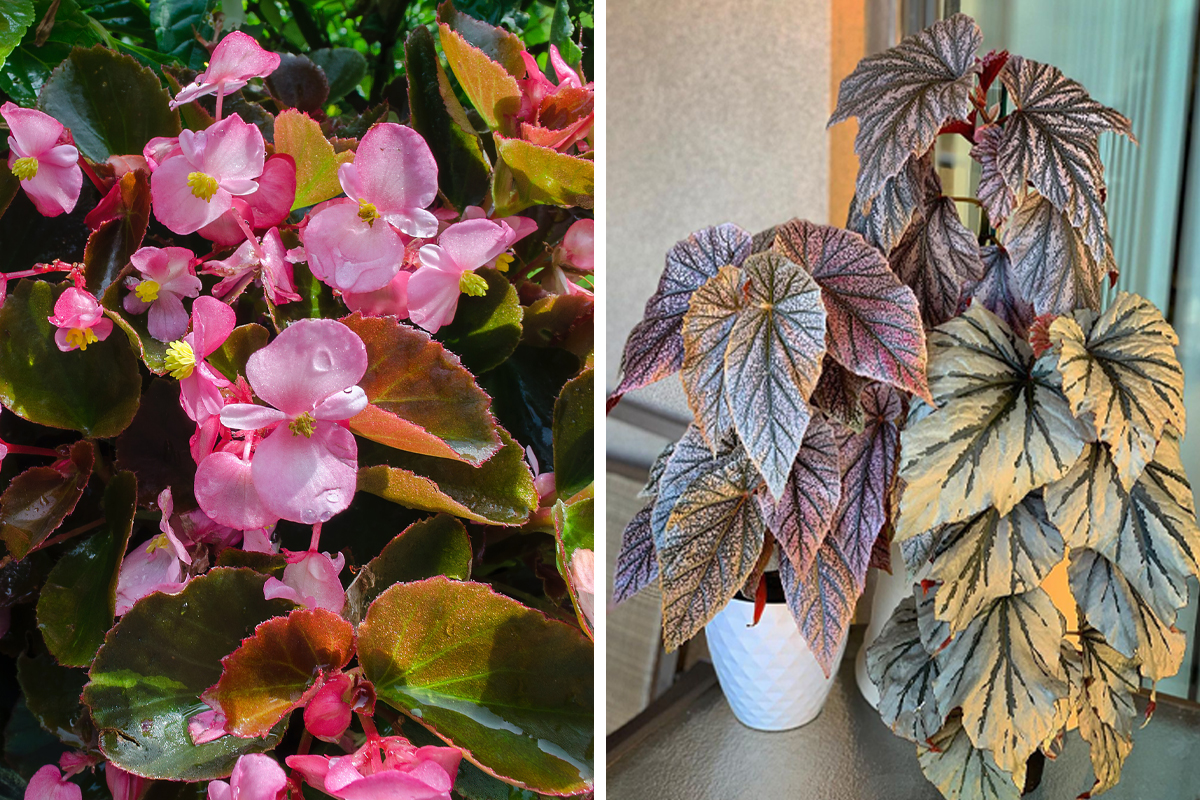
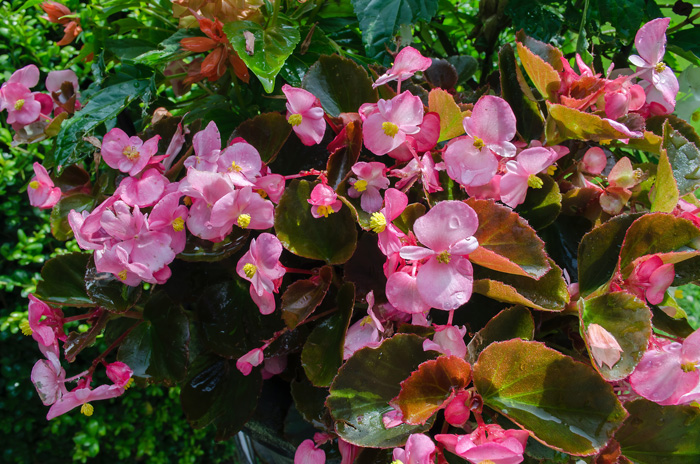
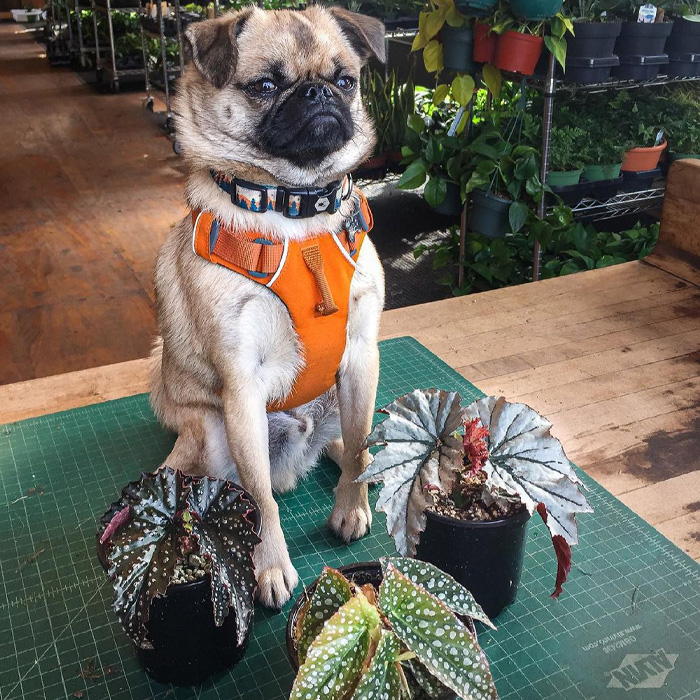
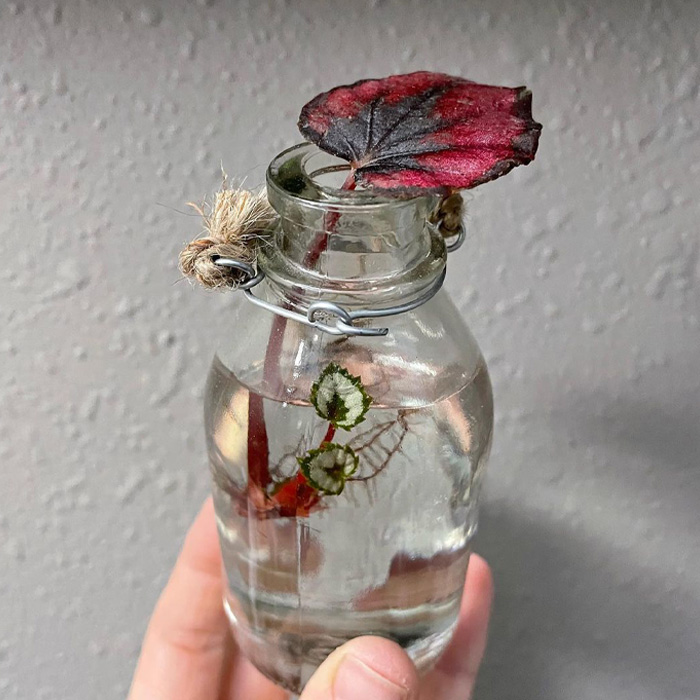
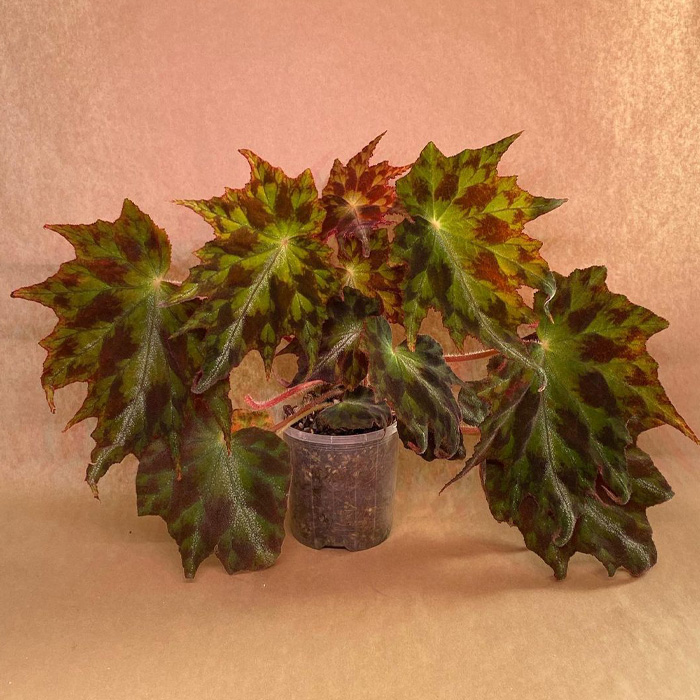
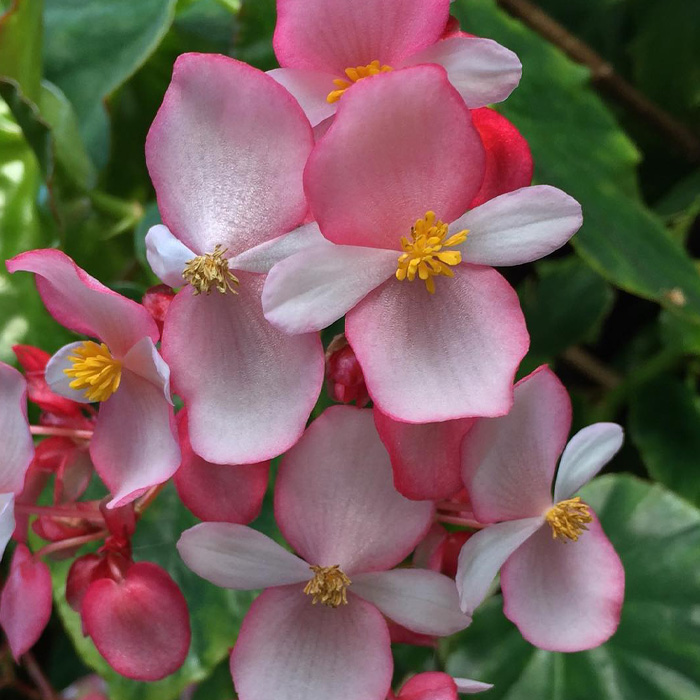
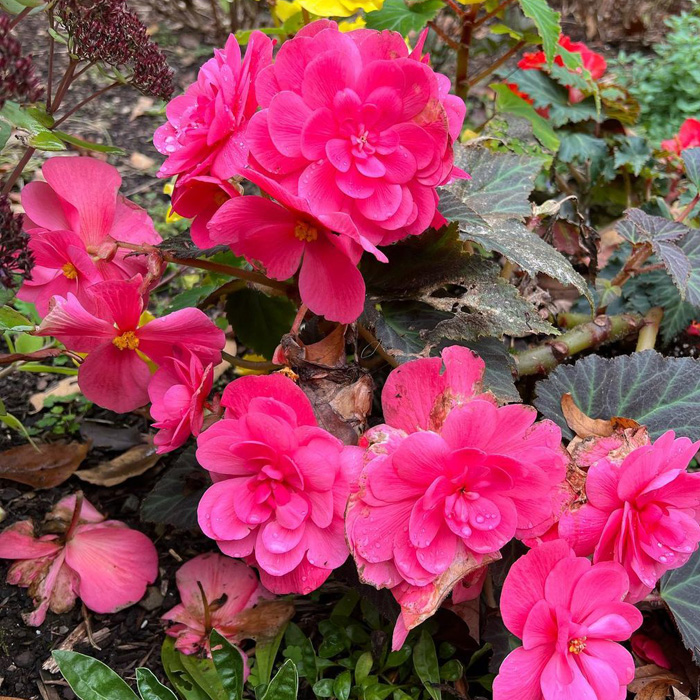
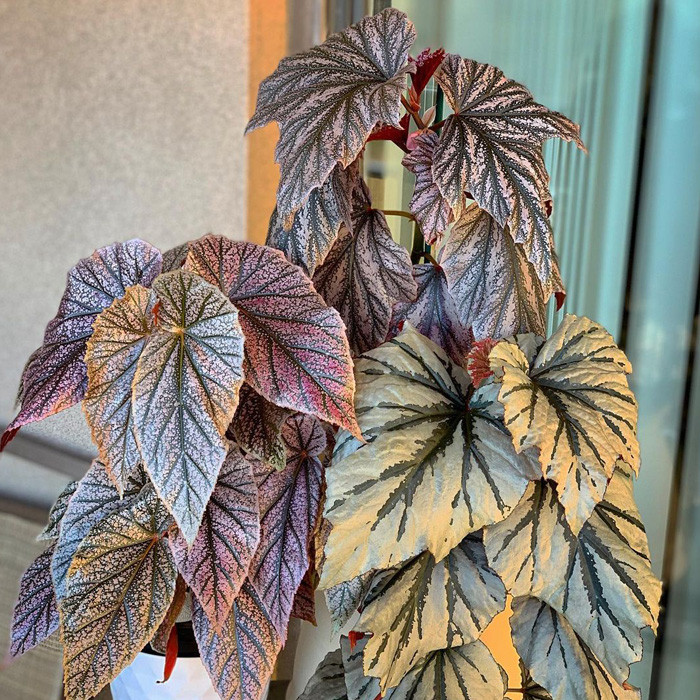
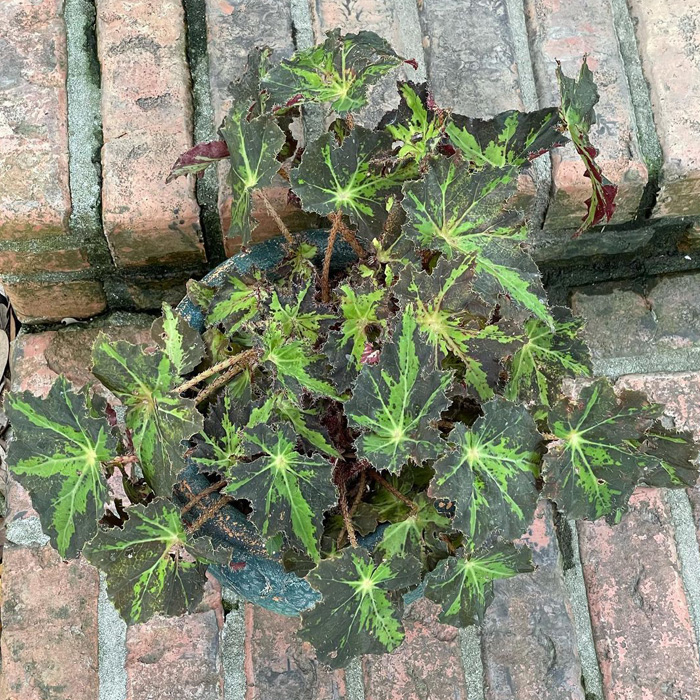
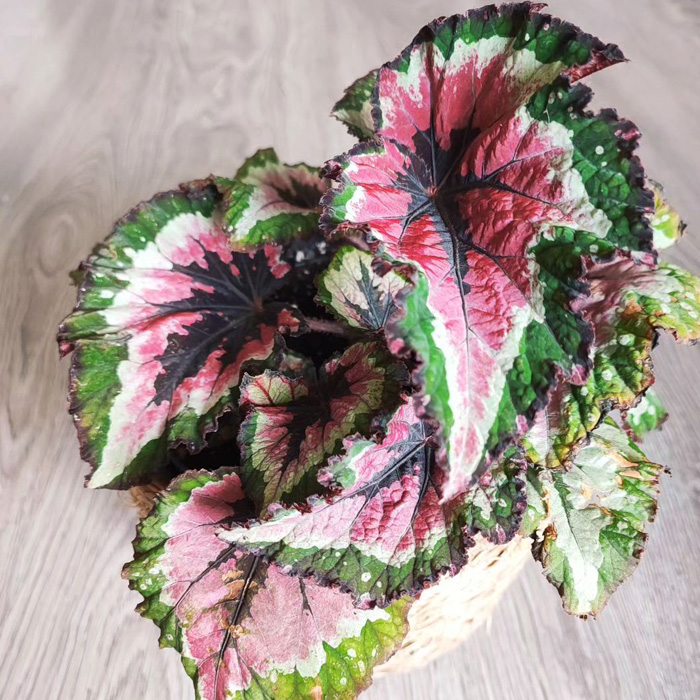
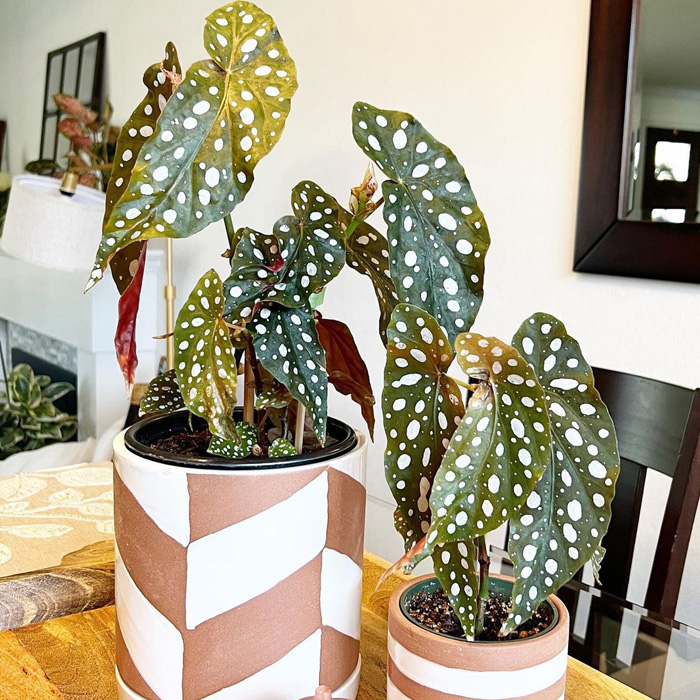
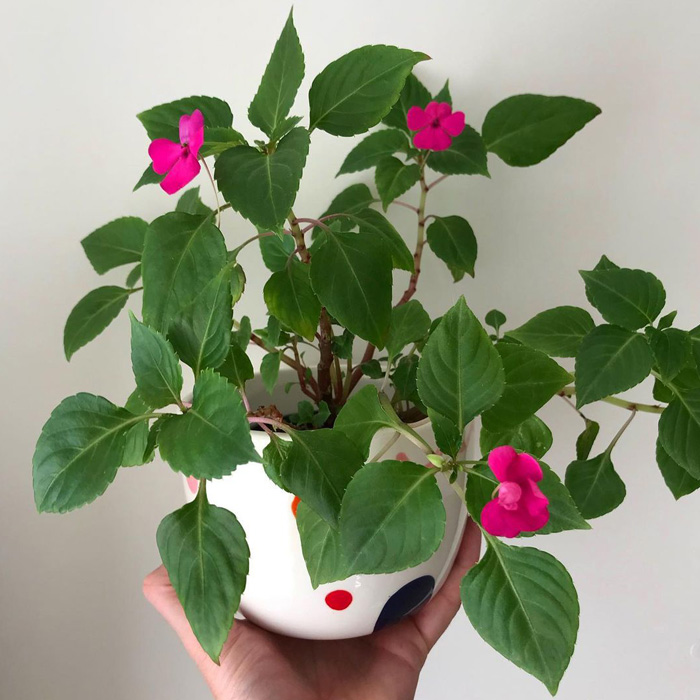
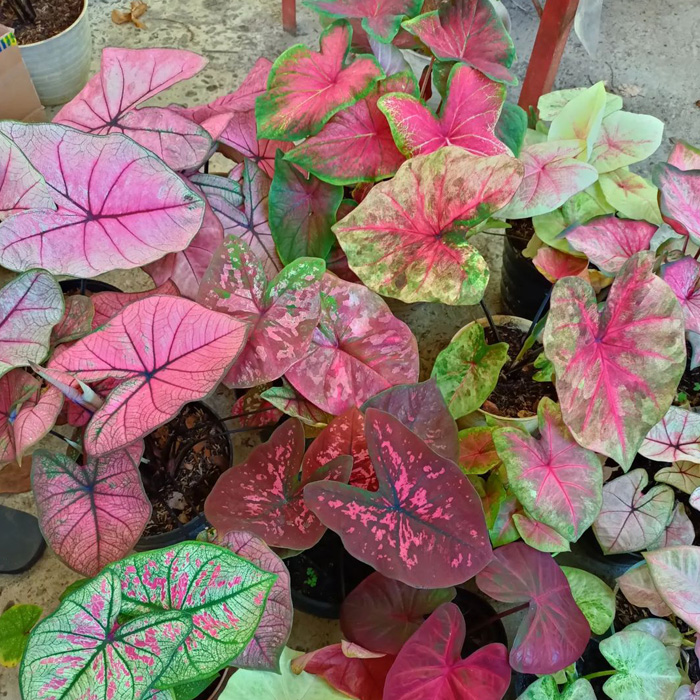
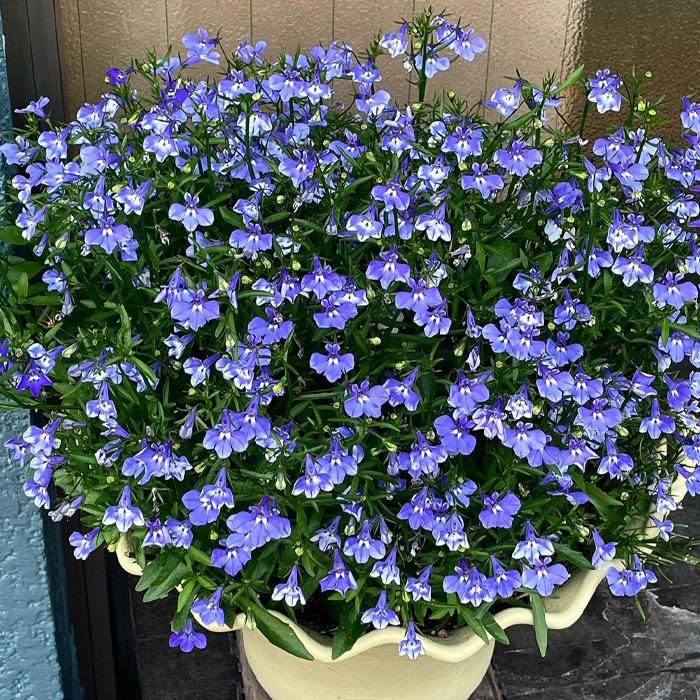
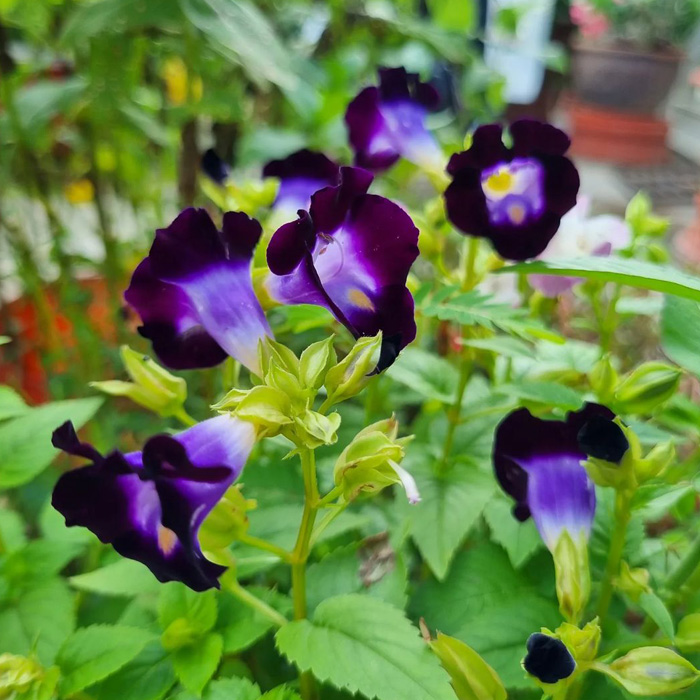




13
1